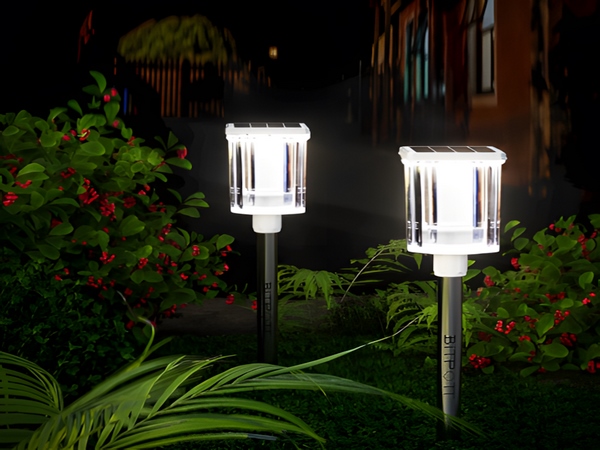
Time flies, and before we know it, we have arrived at the scorching summer. As temperatures continue to rise, the overuse of electricity leads to a peak demand for repairs across various industries.
Solar street lights
are no exception; the excessive power usage and natural damage from thunderstorms can cause issues with street lights. Therefore, it is crucial in the street light industry to carry out maintenance work during the summer to ensure the proper functioning of solar street lights. So, what are the summer maintenance methods for solar street lights? Allow me to clarify:
Weather Impact

Summer often brings convective weather, with rain, thunderstorms, and typhoons frequently occurring. For street lights that are tall and have relatively weak foundations, this poses a significant challenge. The inspection and maintenance of
solar street lights
should be completed in advance to greatly reduce the likelihood of these adverse events. Inspect the overall condition of the
solar street lights
, checking for loose solar panels, lamp heads, inclinations, and tightness of bolts. If any of these issues are found, they should be resolved promptly to avoid accidents.
Temperature Impact
With the arrival of summer, temperatures rise sharply, which can also affect the energy storage of lithium batteries. Especially after prolonged exposure to sunlight, if thunderstorms occur, regular inspections and maintenance become necessary. Lithium batteries that cannot meet usage requirements should be replaced promptly to ensure the normal operation of solar street lights.

The controller, as the core component of
solar street lights
, must have its waterproof features checked. Open the door at the bottom of the solar street light and take out the controller to inspect for any issues such as loose tape, poor contact, or water ingress. If any of these problems are discovered, appropriate measures should be taken immediately to rectify them and remove potential hazards. Summer brings plentiful rainfall; while normally, rainwater does not directly enter the lamp post, high temperatures can cause moisture evaporation into steam, potentially leading to short circuits. During the rainy season, extra caution is required, as deep water accumulation may cause special situations; hence, preventive measures are essential.
Tree Impact
Nowadays, there is considerable emphasis on greening projects, resulting in many solar street light projects being implemented alongside these initiatives. However, during summer thunderstorms, trees near solar street lights can easily be uprooted by strong winds, damaging or directly harming the solar street lights. This concludes our discussion on the summer maintenance methods for solar street lights. As the saying goes, it is better to prevent than to cure. Although solar street light systems undergo rigorous quality checks before they leave the factory, prolonged operation inevitably leads to unexpected situations. Changes in temperature, weather impacts, and human damage can also increase failure rates; hence, proper maintenance is imperative to ensure the long-term use of street lights.



